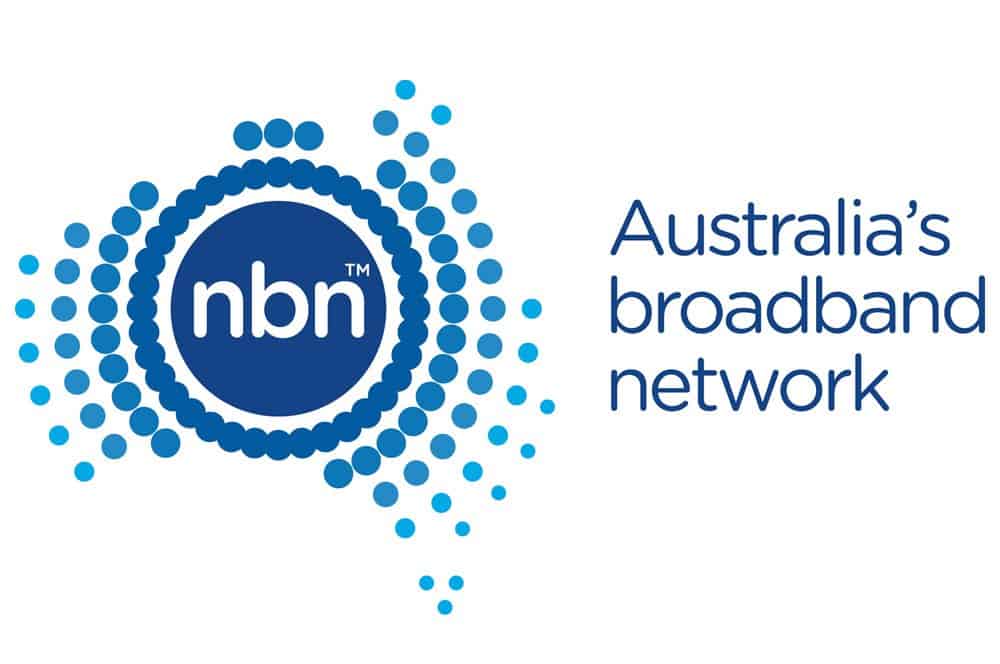How Has Technology Driven the Evolution of Business Communication?
In the age of smart phones, it would be easy to think communication is simple. You need to be able to contact your customers and suppliers and they need to be able to contact you. But what happens when the phones go down? Again, we’ve seen the impact of this recently. So businesses need a reliable internet and phone connection. If your customers can’t call or email you, you can’t stay in business. Let’s look at how internet technology has impacted the evolution of business communication.
In over 25 years of business, we have seen the evolution of what critical business communications requirements were to a business. When Hotline IT started in 1993, the Telex and Telephone was the critical communications businesses used. Many businesses relied on the old Telex Machine to send and receive orders and money, as this was the only legal form of money transfer. The plain old Telephone system was the other critical communications means. During the next 25 years, we have seen the Telex machine disappear and replaced by the Fax as the critical method of sending and receiving data. The Telephone system was still just as important, but then the Internet came along and caused a shift in the thinking of what communications methods were the most important.
The Internet and the Evolution of Business Communication
Businesses started with dial up internet and having one email address, usually with their ISP. This then shifted to their own domain name, with a website and all staff with an email address. This is when the Internet really started to take off with business. In the late 1990’s and early 2000’s businesses started to connect permanently to the Internet. They now had their own email servers and web-servers and realized that more of their communications came via the Internet.
This shift has gained momentum and now companies are running their Voice and Computer (Cloud) through the Internet link.
This is where we are seeing a big shift towards a highly reliable Internet connection. Many businesses just assumed that all Internet connections were the same, until they had issues. It was only then that they found out they were on residential services. When a problem occurred, it would take days or weeks to have the problem rectified, leaving the business without an Internet connection. These types of problems caused a severe impact on the business, so the Internet connection became the critical link.
Where To From Here?
So, now we find business wanting faster and more reliable Internet connections, with redundancy. Having “alternate path” Internet connections with automatic failover, is now a common practice. We are finding that customers do not want to have problems with their Internet, as any loss of their connection would result in a complete stoppage of their business operations.
Some may argue that relying on this link for a company to operate, is not the best solution. However, we think that shifting the costs from the onsite infrastructure, such as phones systems and servers and putting that expenditure into redundant business grade communications, is a far better business model, as you are de-risking your business substantially. In the worst case scenario, you can send your staff home to work on their home Internet. The ability to now run a company with nothing more than a mobile phone and a PC connected to the Internet, has allowed many businesses to grow exponentially without an office or physical presence.



